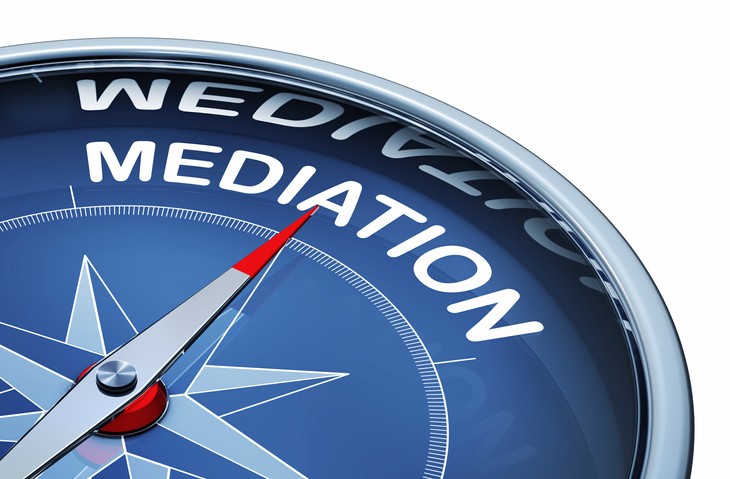Conflict Resolution

Conflict is inevitable as long as there are people living together in a community. It is tough enough for adults to resolve conflict, but it can be even tougher for youth who do not have the skills to utilize to ensure that they can resolve their own conflicts. Conflict resolution is a learned skill. It is essential to master these skills if youth are to be successful as adults. Conflict resolution takes practice. As an afterschool professional the goal is to help youth develop the skills needed to resolve disagreements.
It is important that we share resolution strategies with youth and give them the opportunity to practice these skills and ensure that each practice is a learning opportunity. Here are four simple strategies that youth can implement.
Rock, Paper, Scissors
There are a countless number of conflicts that happen each day. Who will be the line leader, who got to the drinking fountain first, who gets the last cookie, who will be team captain, who gets to take the equipment out. Rock, Paper, Scissors is an easy way for youth to resolve conflict. In this game, rock crushes scissors, scissors cut paper, and paper covers rock. Counting one, two, and then on the count of three the youth make the sign of rock, paper, scissors with their hands. If both choose the same sign, they play again. The tension is broken and the decision made. Youth have resolved the conflict and are ready to move forward.
I Messages
A second strategy is the use of “I Messages”. Instead of blaming the other child, the child simply states how they are feeling. For example, “I feel sad when you won’t play with me. This allows the youth to identify the message without blaming the other child. It sets the stage for talking out the conflict. This is incredibly important if youth are to be able to resolve conflict without adult “interference”.
Peace Walk, Peace Table, or Peace Path
Any of these similar strategies provide a guide for students to follow so they can resolve conflict. The method is straightforward. The first step is for one youth to identify how he/she feels by using this sentence frame, “I feel…when…” The second step is “I need…” The students then talk to one another to figure out what happened, how the person might feel and then brainstorm a solution to the problem. At the end of the conversation, youth are ready to move forward.
Peer Mediation
Peer Mediation comes into play when you identify and train students leaders to become conflict managers and the youth are empowered to be mediators. The mediator can help resolve problems on the playground or in the classroom environment. This helps youth get away from “tattling” to an adult.
There are a number of conflict resolution curricula that you can purchase. No matter which curricula you choose what is important is that you use it to empower youth to resolve his/her own challenges.
Consult 4 Kids has a long history of advocating for youth and the adults who are their positive role models and mentors. To learn more about our work, please visit our website at www.consultforkids.com, email us at support@consultfourkids.com or call us at (661) 617-7055.
